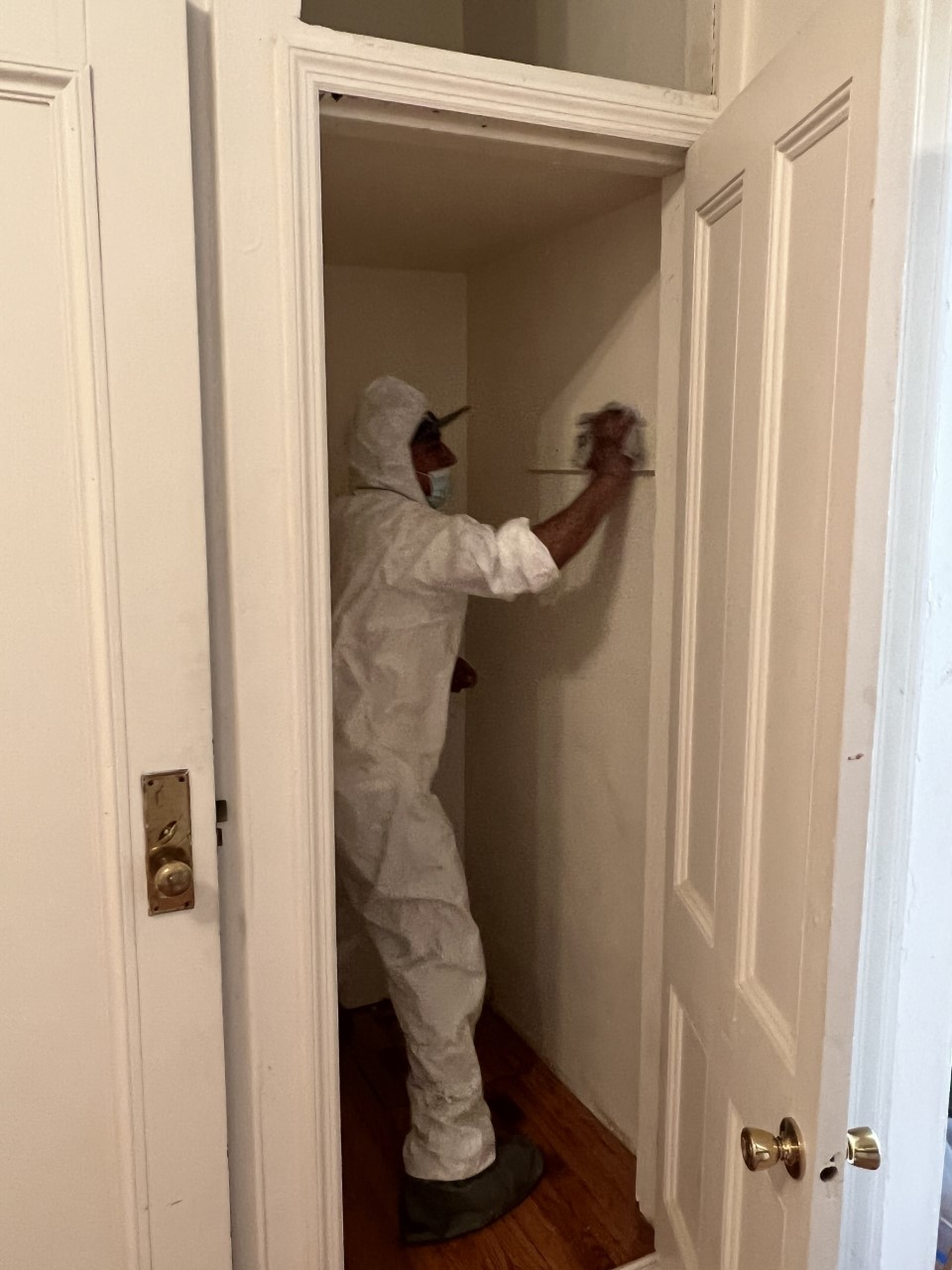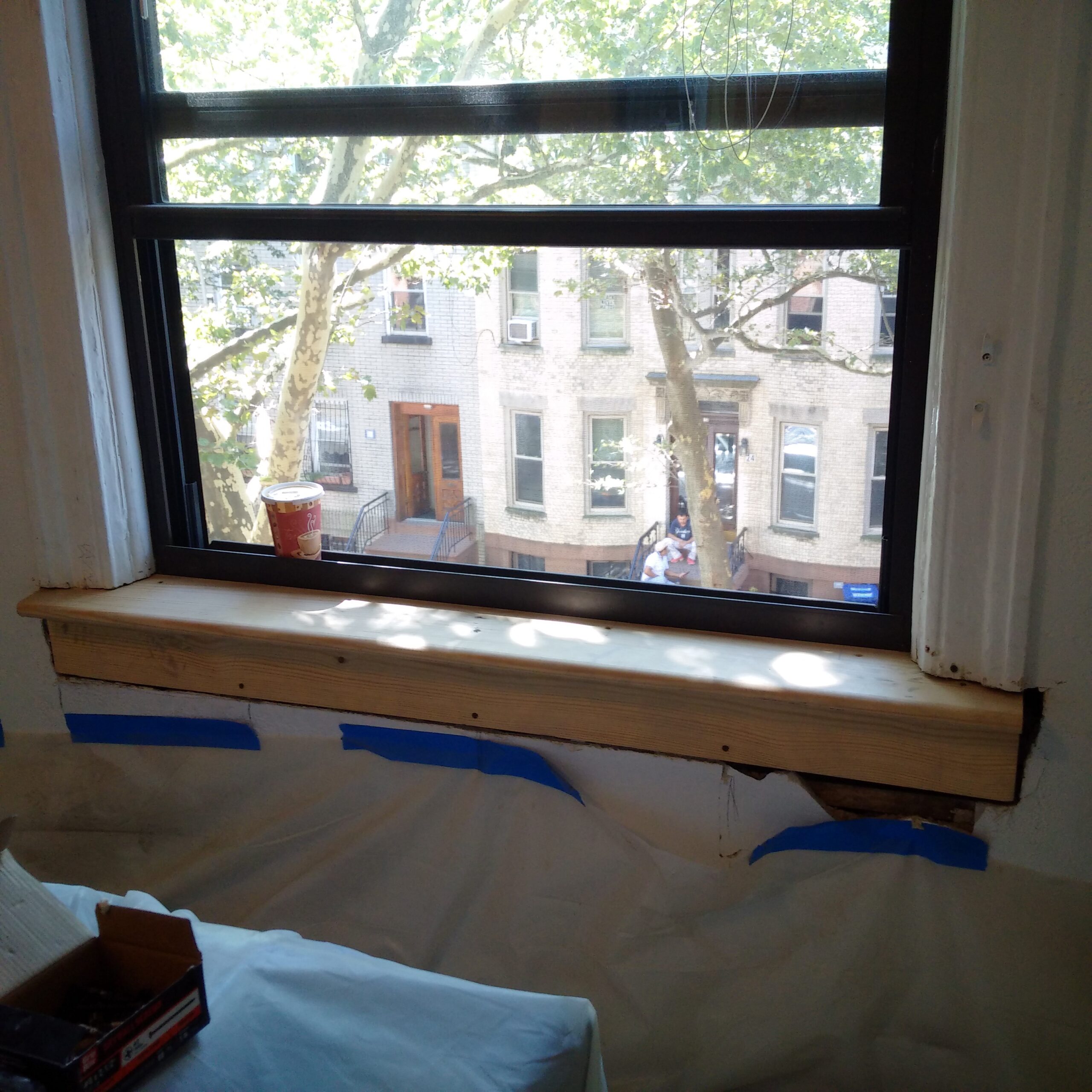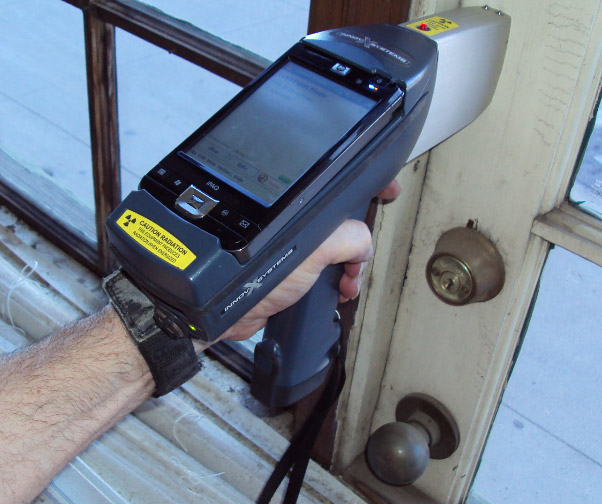Professional Lead Paint Removal Company-- Offering All NYC Boroughs
Crucial Devices and Approaches for Efficient Lead Offense Clean-up
Dealing with lead offenses successfully necessitates an extensive approach that mixes the right devices with calculated approaches. The first step entails furnishing workers with Individual Safety Devices (PPE) to protect their health. Simultaneously, the use of specialized cleanup devices, such as HEPA vacuums and lead-specific cleaner, is necessary for complete pollutant elimination. Efficient containment approaches, including plastic bed linen and unfavorable atmospheric pressure systems, are necessary to stop the spread of dangerous products. Risk-free disposal techniques and stringent adherence to governing guidelines make certain responsible handling of poisonous waste. What are the nuanced strategies that genuinely make a distinction?
Personal Protective Tools
Personal safety devices (PPE) is a vital element in the reliable administration of lead contamination cleaning. The crucial PPE for lead clean-up consists of respirators, protective clothing, handwear covers, and eye security.
Respirators, particularly those equipped with HEPA filters, are vital for filtering system airborne lead particles, avoiding inhalation. Correct fit and seal checks are important to ensure their efficiency. Safety clothes, consisting of coveralls and disposable suits, avoids lead dust from sticking to workers' garments, decreasing the risk of second contamination. Handwear covers, commonly made of nitrile or latex, protect the skin from direct contact with lead, while safety goggles or full-face guards protect the eyes from dirt and debris.
Additionally, rigorous training on the correct use and maintenance of PPE is necessary. Workers must be informed on putting on and doffing treatments to avoid contamination. Regular evaluations and replacements of PPE elements are needed to maintain their safety abilities, ensuring a secure and certified clean-up procedure.
Specialized Clean-up Devices

One more important tool is the wet/dry vacuum, which can effectively tidy up both dust and fluid pollutants. These vacuums commonly feature HEPA filters to offer an added layer of safety. Wet cleans or tack fabrics are likewise essential for surface area cleaning; they are especially made to catch and hold lead fragments, minimizing the risk of spreading out contamination.
For more stubborn down payments, specialized lead-removal cleansing agents are called for. These agents are developed to break down lead bits, making them easier to remove. Scrub brushes with sturdy bristles can assist in this process, especially on harsh surface areas where lead dirt tends to stick more strongly.
Additionally, encapsulants are utilized to seal lead-contaminated surface areas, stopping the launch of lead dust. These specialized paints and finishings are created to comply with various substratums, giving a lasting remedy for lead control.
Effective Containment Approaches
Efficient containment methods are important in alleviating the spread of lead contamination during clean-up tasks. Carrying out robust control techniques makes certain that lead particles do not migrate to unaffected locations, thereby shielding both employees and the environment. One primary technique is making use of plastic sheeting to seal contaminated zones. Durable polyethylene obstacles can be set up from flooring to ceiling to produce a regulated job location, dramatically minimizing the danger of air-borne lead dirt dispersal.

To boost containment, encapsulants can be used to surfaces that are not being gotten rid of Discover More or disrupted. These specialized layers bind lead dust, decreasing its schedule for resuspension. In addition, all employees should wear appropriate Individual Safety Tools (PPE), consisting of respirators and non reusable fits, to avoid contamination spread.
Safe Disposal Practices
Guaranteeing risk-free disposal methods is an important part in the administration of lead contamination cleaning. Appropriate disposal reduces the danger of lead re-entering the atmosphere and threatening public health. The primary step is to determine and set apart lead-contaminated waste from various other products. Safe containment utilizing heavy-duty, watertight containers is vital to protect against splilling during transport.
Delivering lead waste requires adherence to strict standards. Making use of licensed harmful waste carriers guarantees that the materials are taken care of properly. Documentation, including manifests detailing the type and amount of waste, ought to come with deliveries to track the waste from the site of origin to its final disposal destination.
Designated harmful waste disposal centers are geared up to deal with lead-contaminated products securely. These facilities typically utilize sophisticated techniques such as stabilization, solidification, or chemical therapy to counteract the lead before disposal. Landfilling in specialized, lined areas that prevent leachate from polluting groundwater is an usual practice for final disposal.
Regular training for employees involved in lead waste disposal is essential to maintain security standards and protect against accidental direct exposure. By adhering to these practices, organizations can dramatically lower the environmental and wellness impacts connected with lead contamination.
Regulatory Compliance Tips

Abiding by regulatory conformity is extremely important in the successful implementation of lead contamination cleaning. Recognizing and following government, you could try this out state, and local guidelines guarantees not just the security and wellness of people but additionally the legal and economic health of the cleaning organization. The Epa (EPA) sets rigorous standards, such as the Lead Remodelling, Repair Work, and Paint (RRP) Guideline, which mandates correct qualification and training for specialists managing lead-based tasks.
Conformity starts with a thorough assessment of appropriate regulations and laws. Organizations needs to stay upgraded on any legal changes, which can be facilitated through regular training try this web-site sessions and registering for market updates. Paperwork is one more crucial compliance facet; preserving detailed documents of all tasks, including examination records, worker training logs, and disposal manifests, is vital.
Additionally, involving with certified lead examiners or risk assessors makes sure that lead dangers are properly identified and minimized. Employers have to enforce making use of Individual Safety Devices (PPE) and make certain that security methods are purely adhered to. Clear interaction with stakeholders, including staff members, customers, and regulative bodies, will cultivate a culture of conformity and accountability, inevitably contributing to a more secure and extra reliable lead cleaning procedure.
Verdict
Reliable lead offense cleaning demands the combination of specialized devices and tactical methodologies to ensure security and effectiveness. Using HEPA vacuums, specialized cleaning up representatives, and reliable control methods such as plastic bed linen and adverse atmospheric pressure systems is critical. Personal safety devices (PPE) safeguards employees from exposure, while safe disposal methods and stringent adherence to regulative compliance are necessary for responsibly handling contaminated materials. Jointly, these measures significantly alleviate wellness risks and add to a cleaner atmosphere.